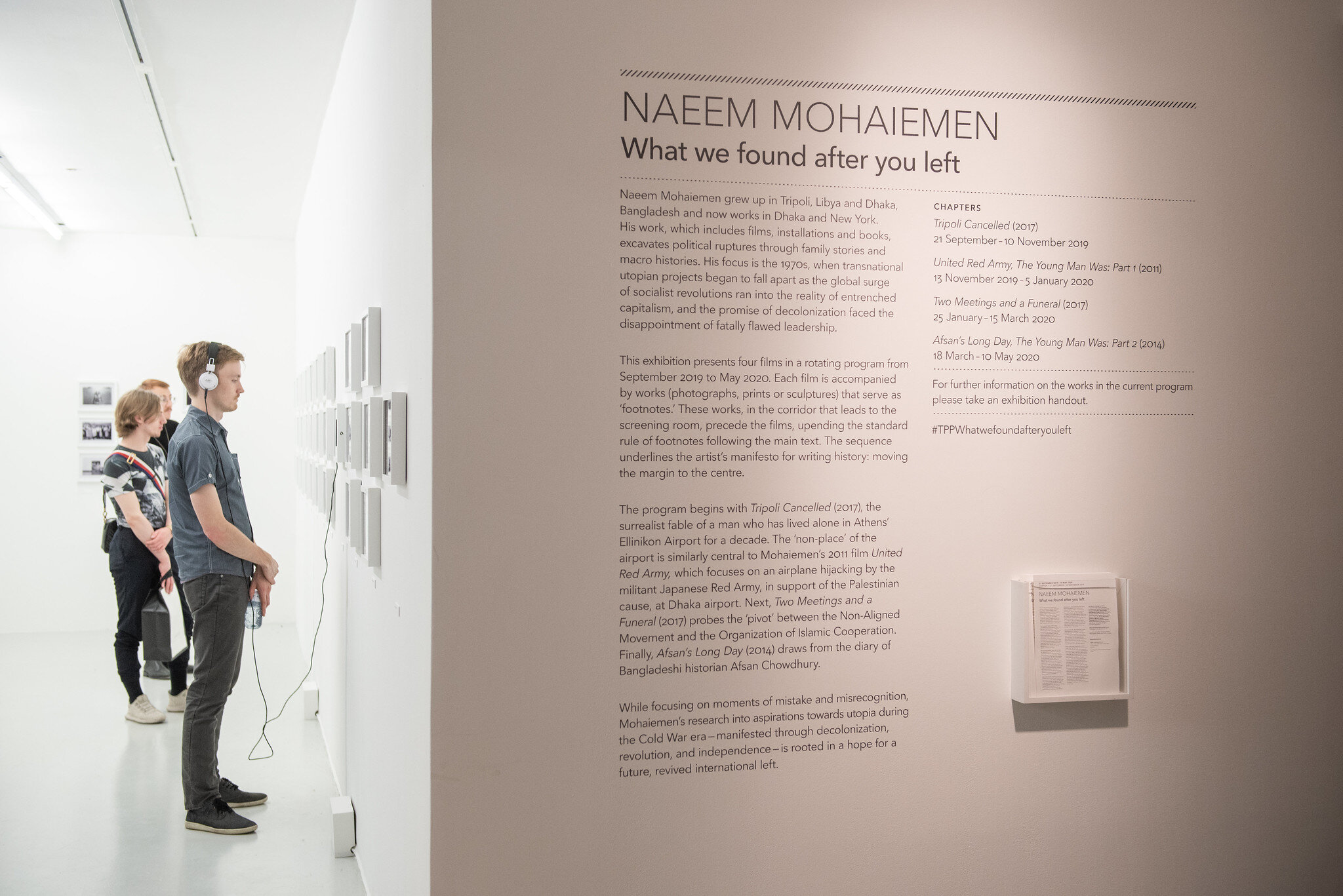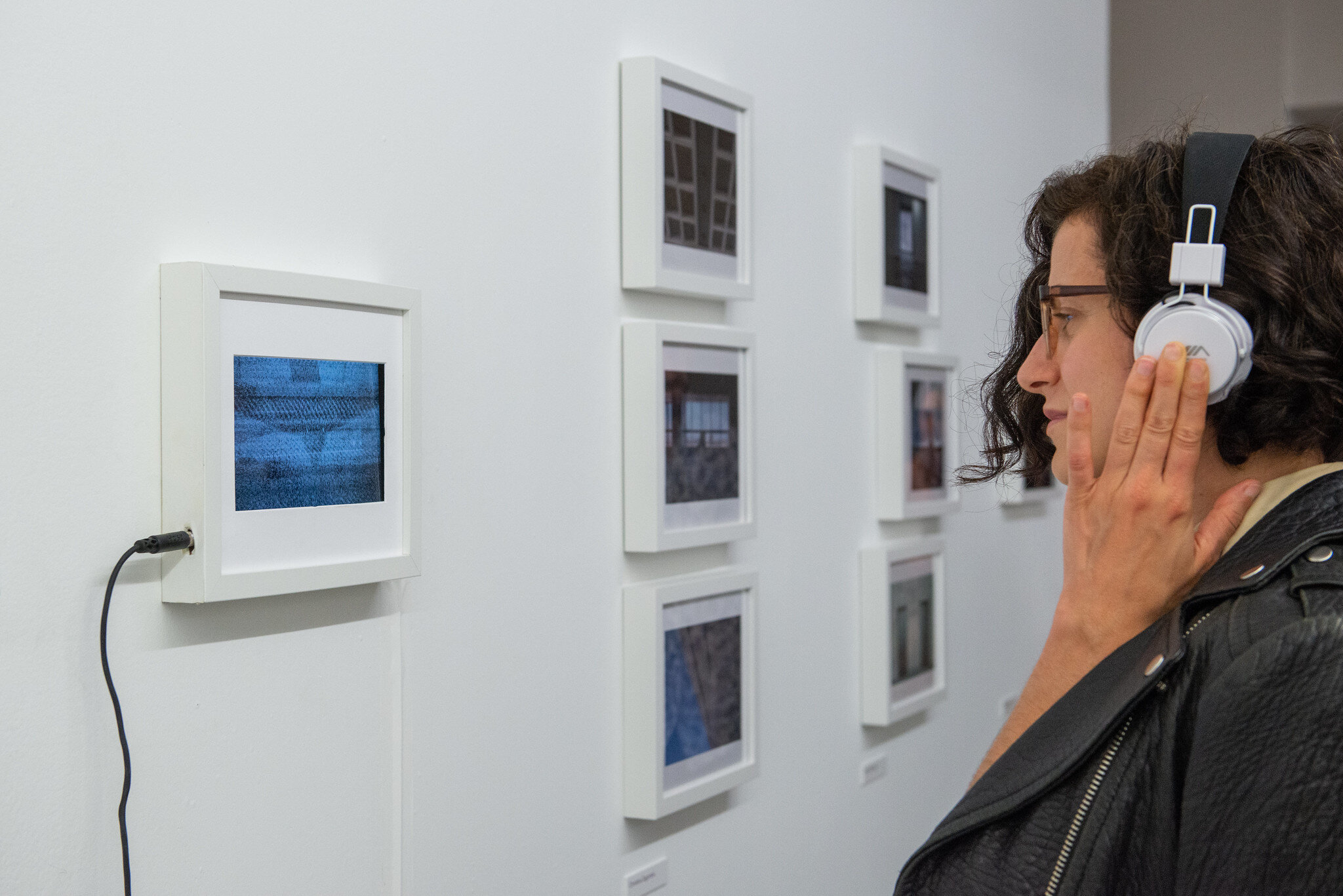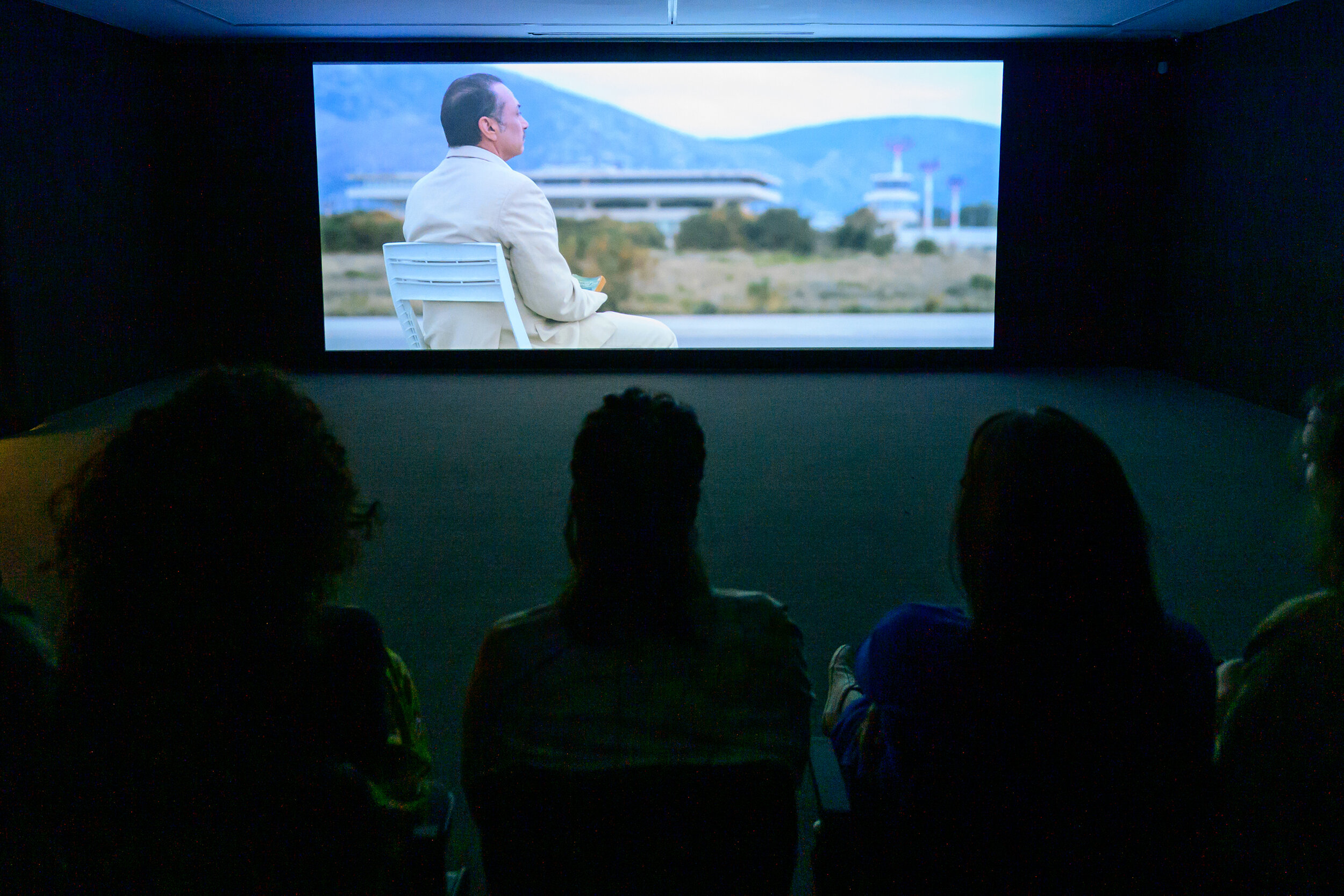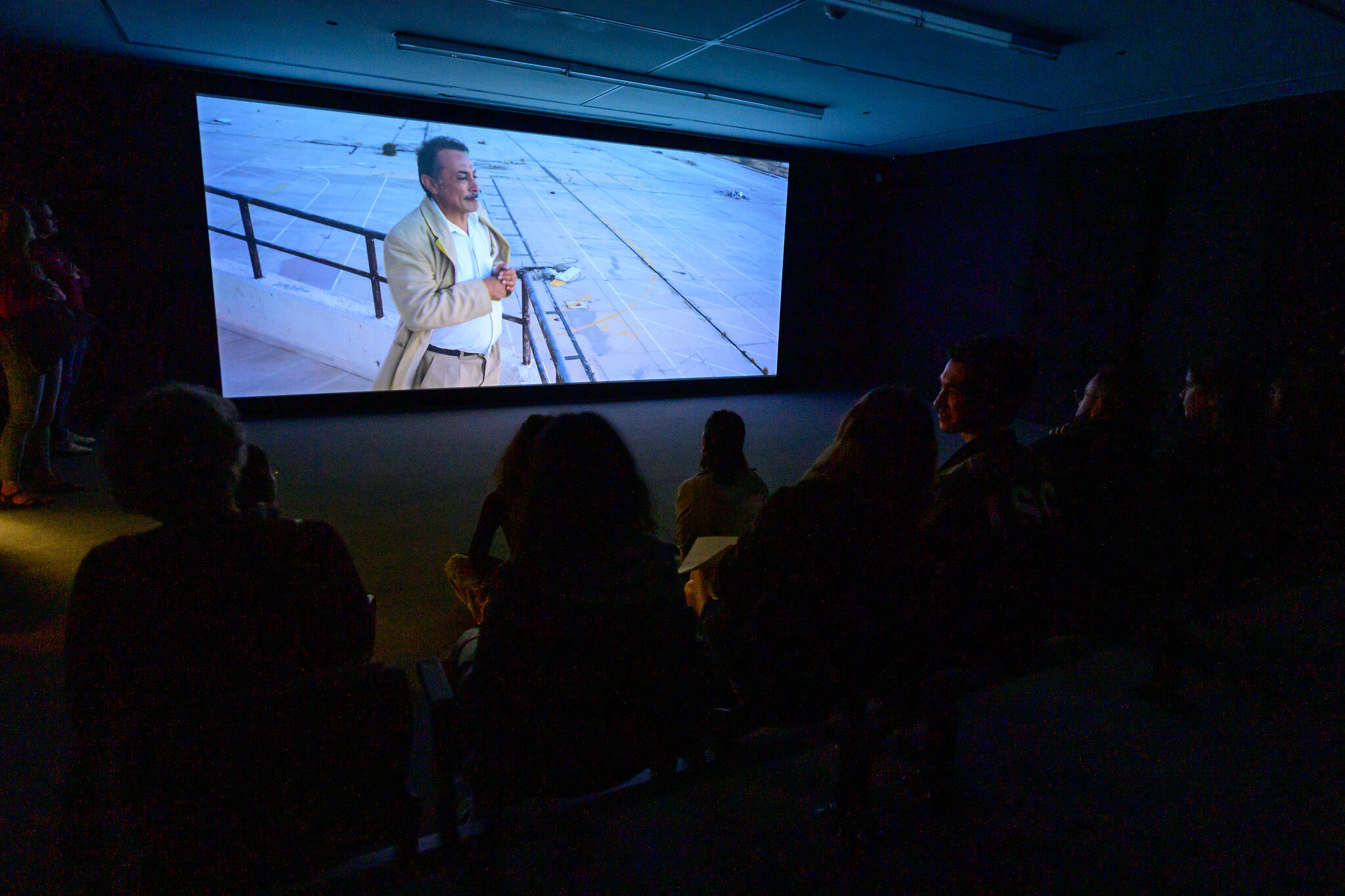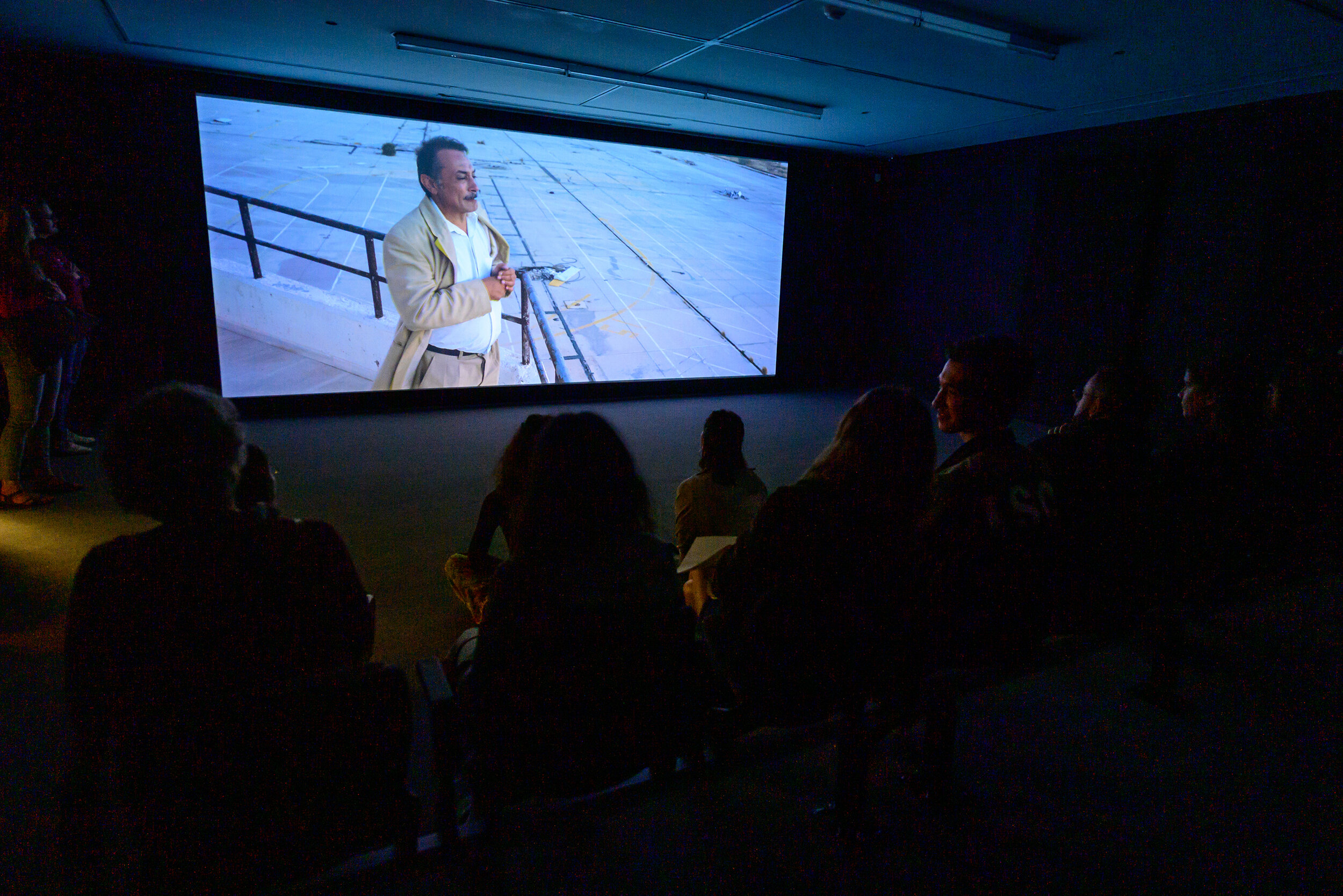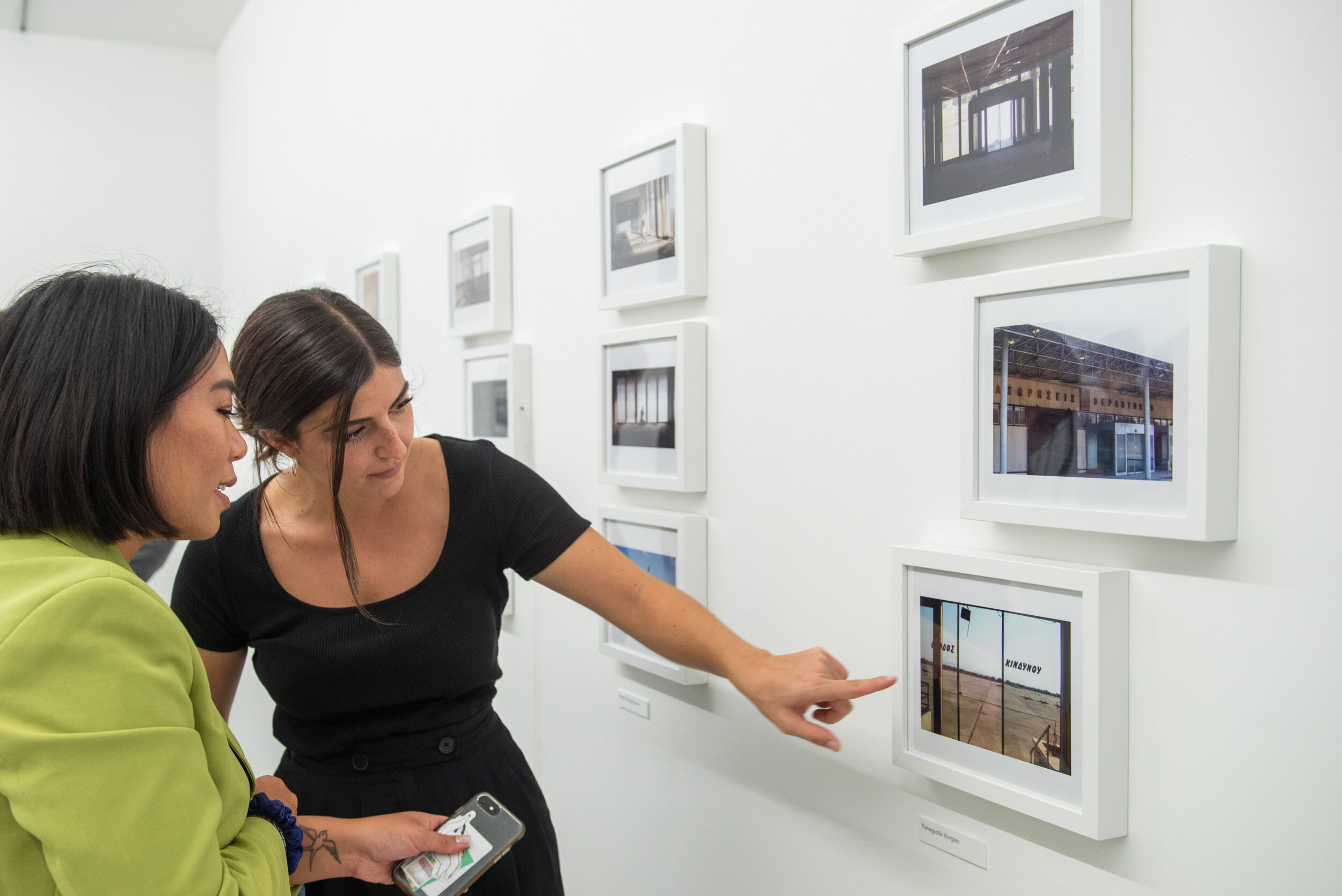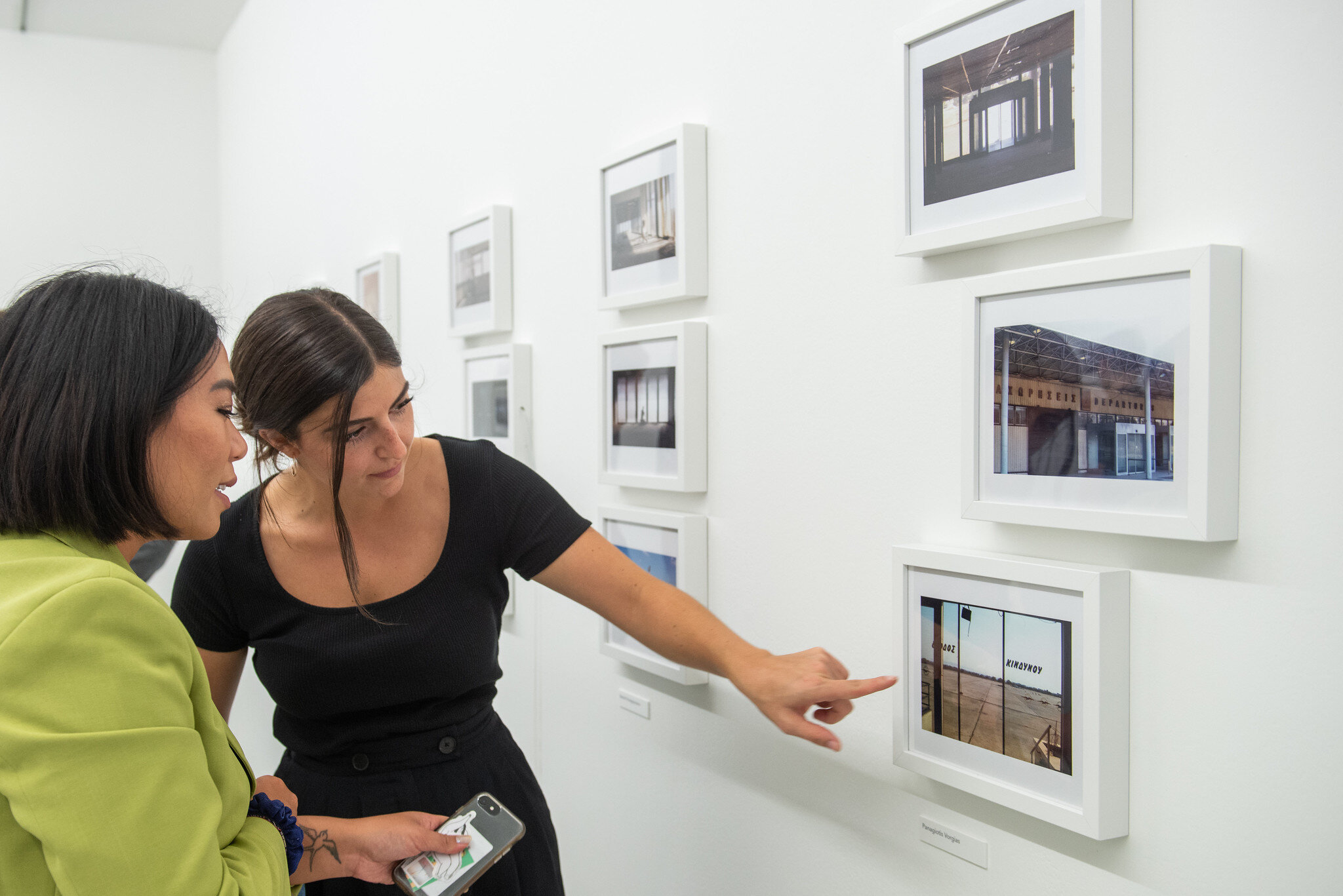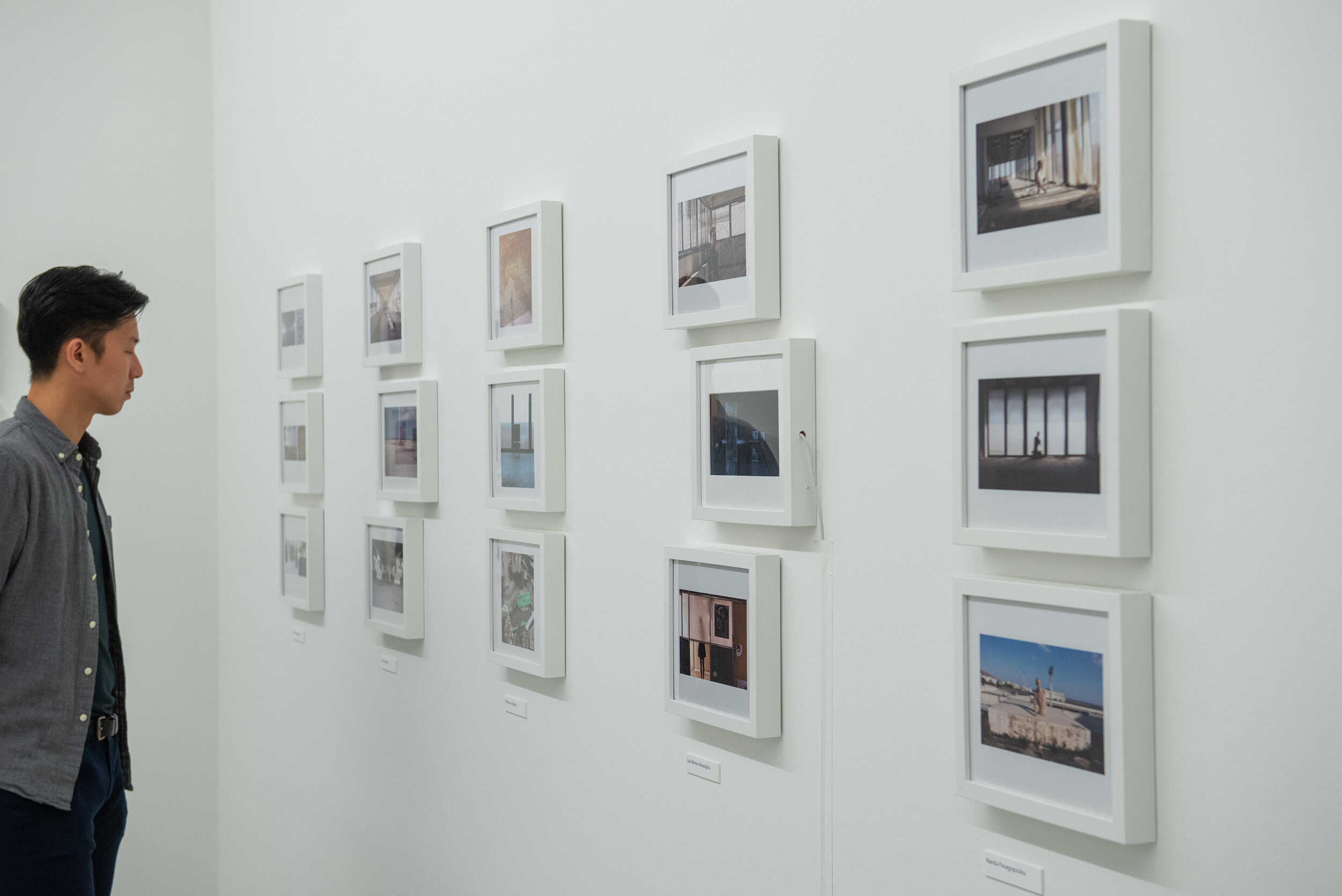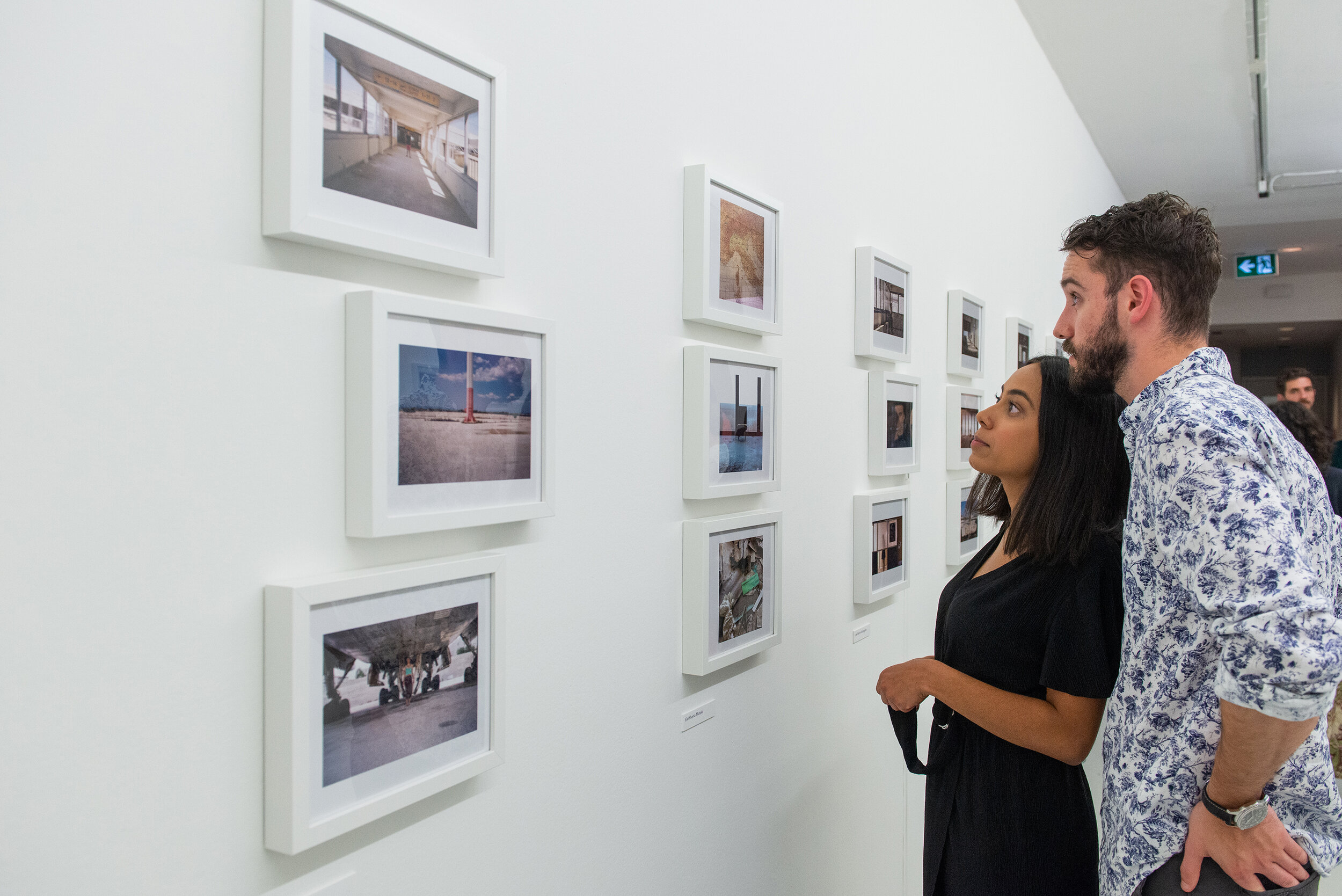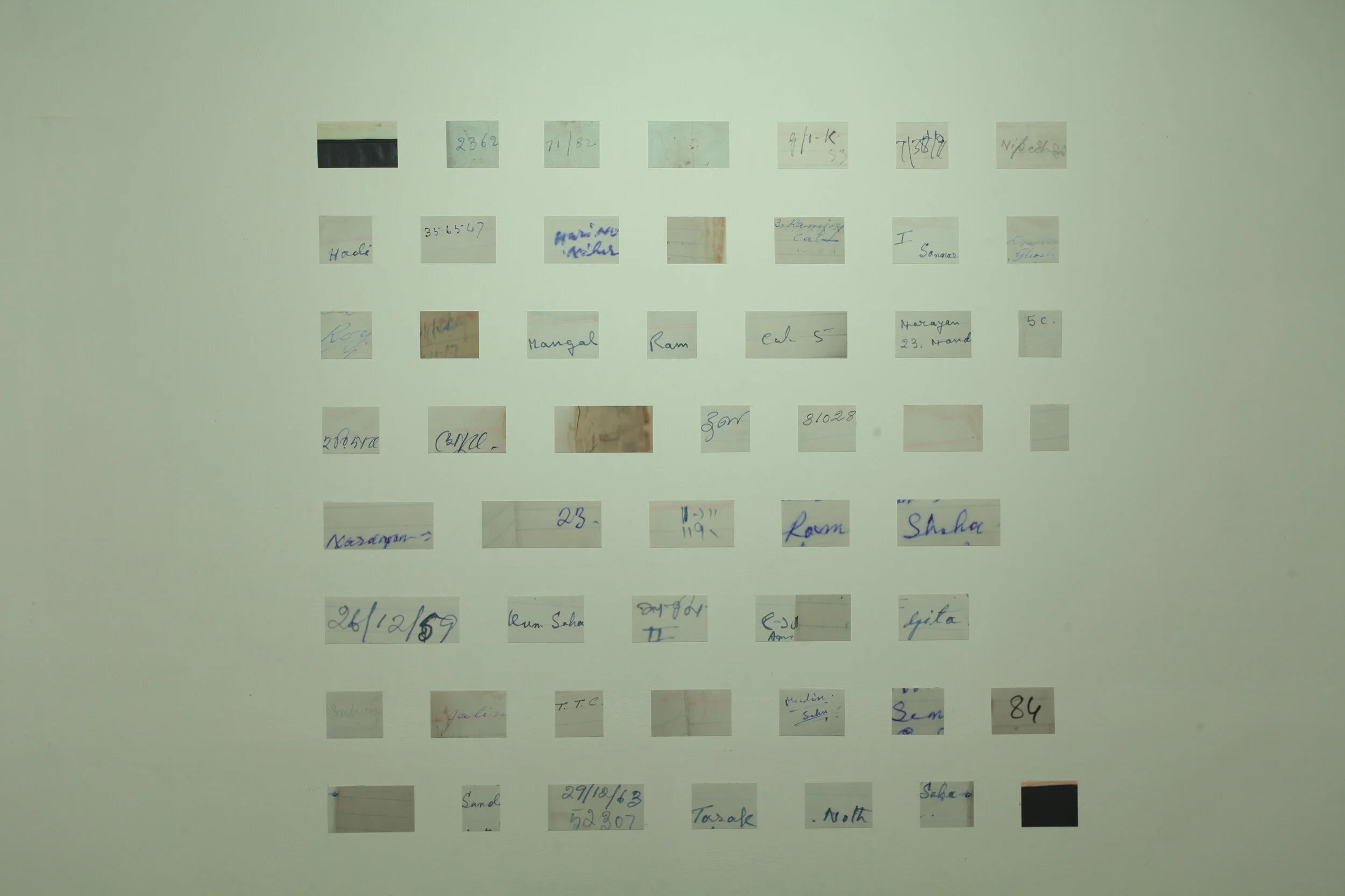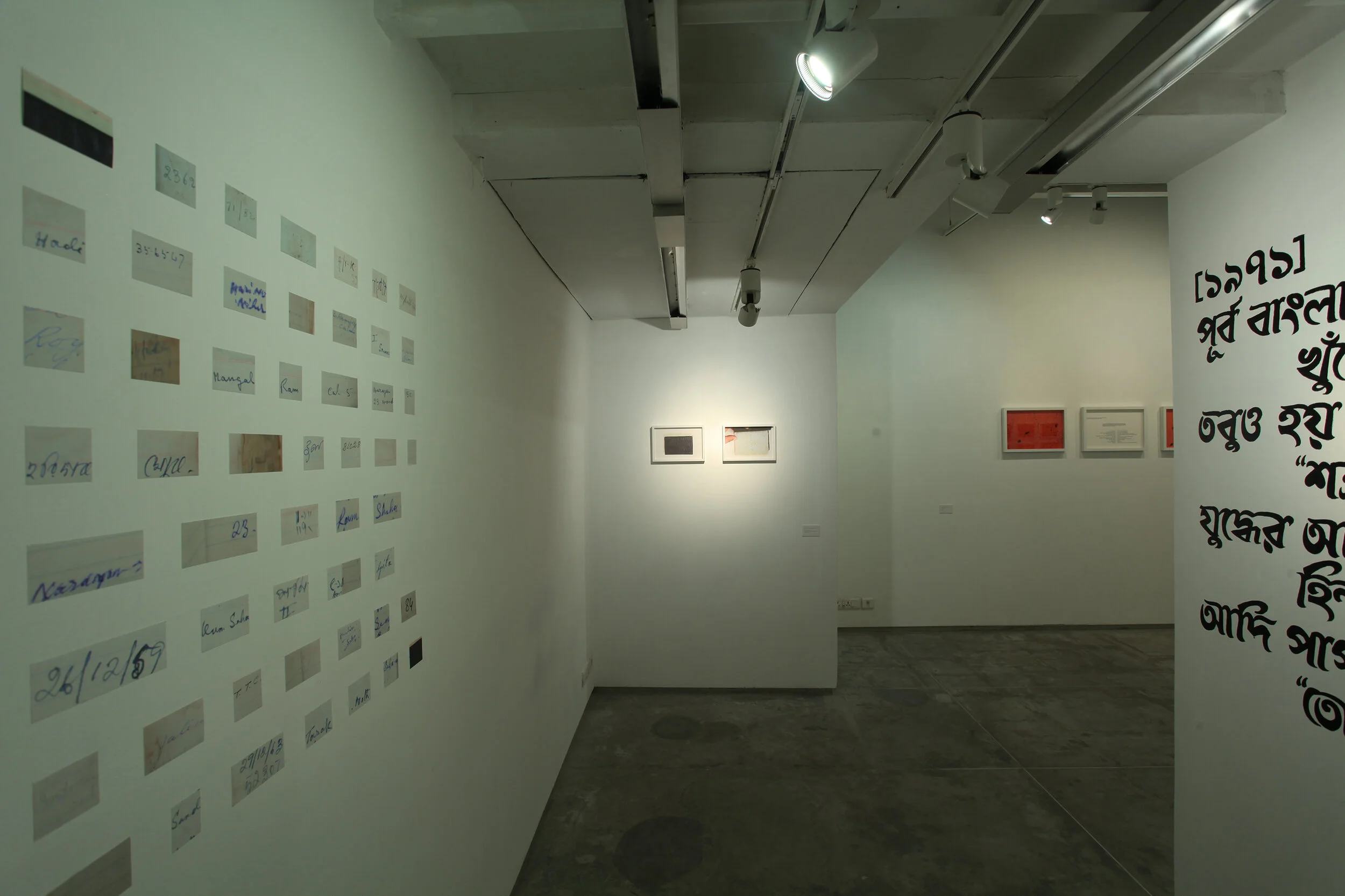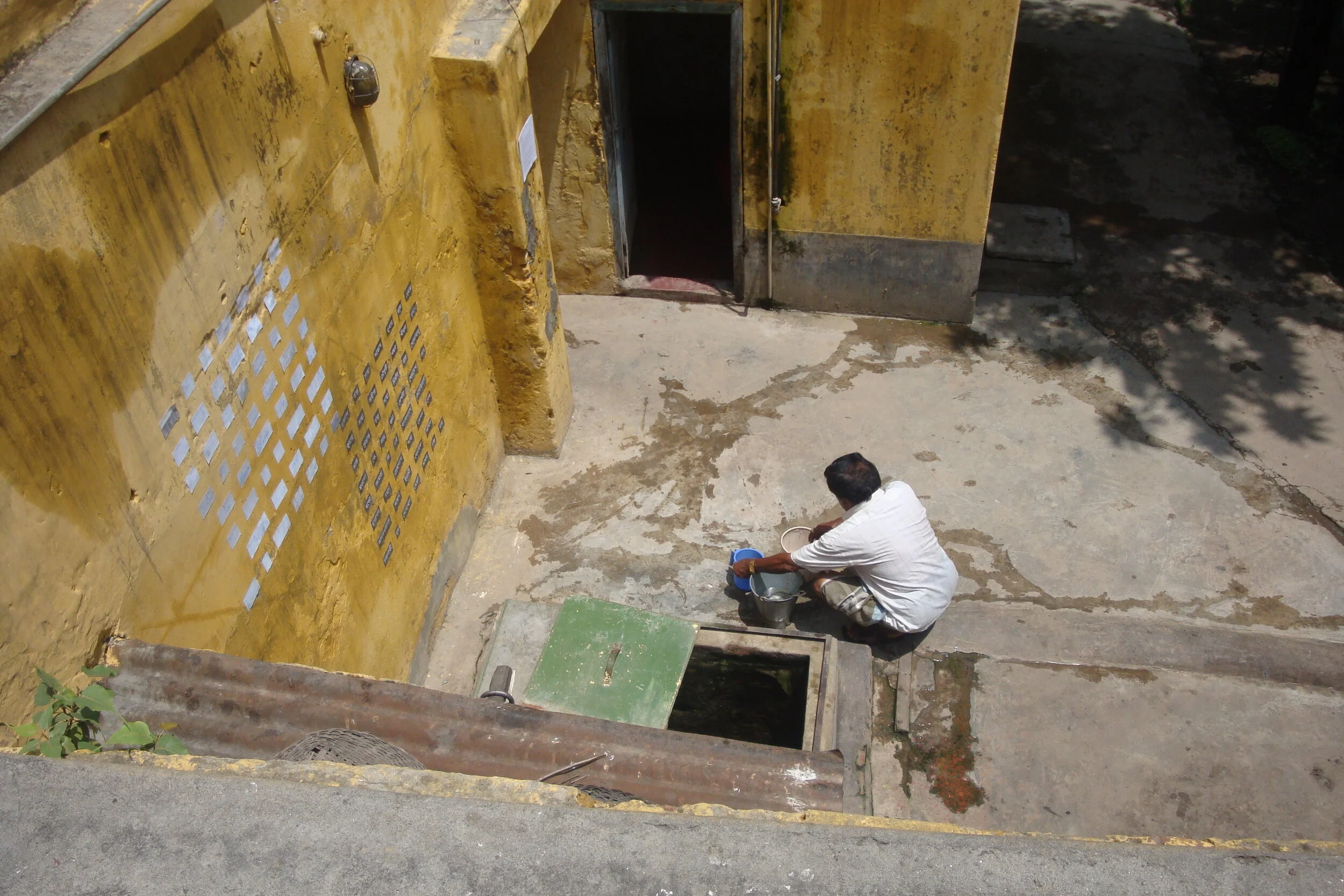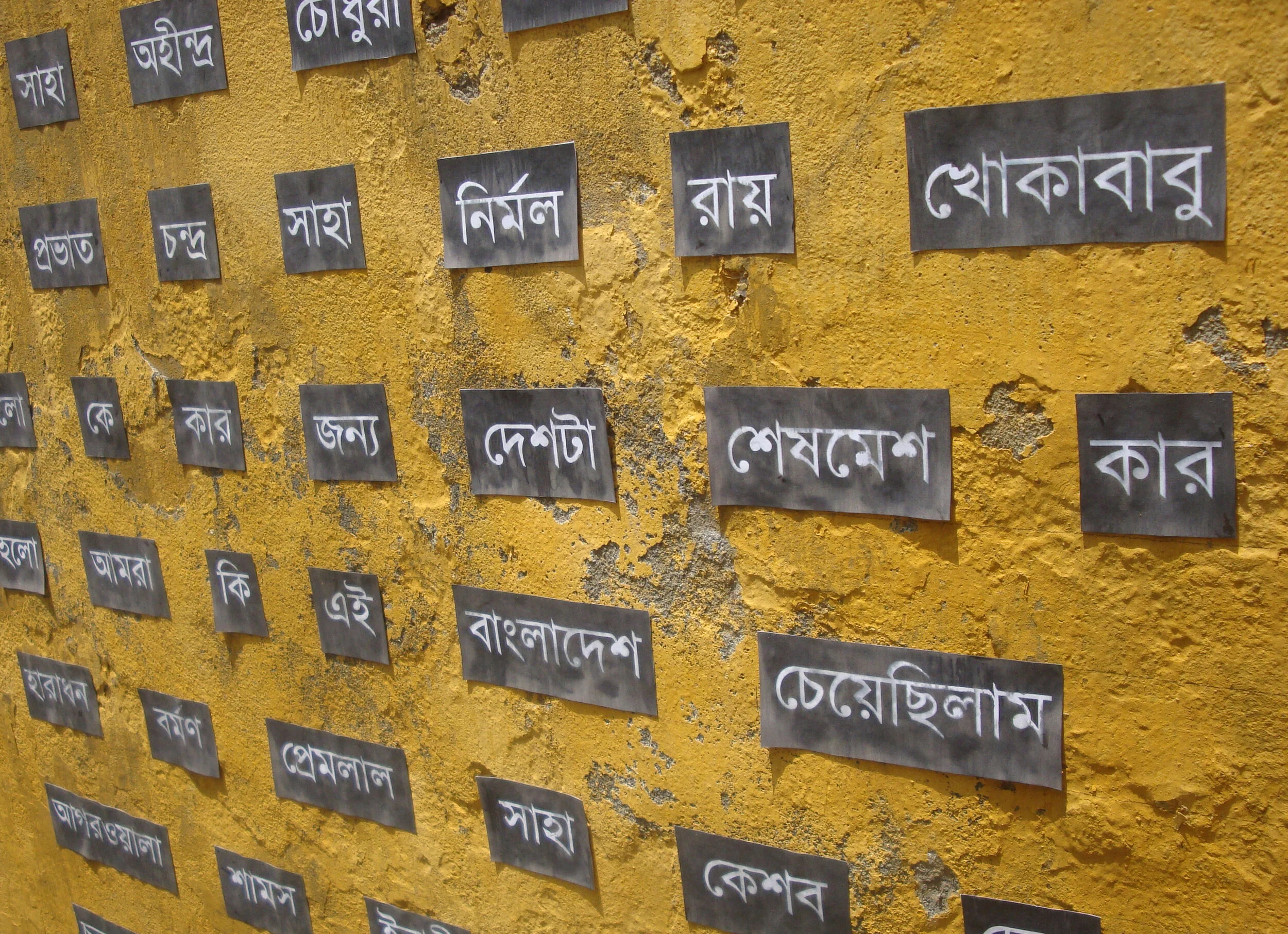WE THE LIVING, WE THE DEAD
I could still read—Hamburger, Kissinger, Wertheimer, Friedlander, Arnsberg, Auerbach, Grunwald, Leuthold, Seeligman, Frank, Hertz, Goldstaub, Baumblatt and Blumenthal—made me think that perhaps there was nothing the Germans begrudged the Jews so much as their beautiful names, so intimately bound up with the country they lived in and with its language.
On a quiet day with few visitors, Tarok Saha opened his father’s notebook to Shehzad Chowdhury. Nothing else had survived, only this. Addresses, phone numbers, names of his children, birth dates. Normal, daily life. The last entry is Tarok’s birthday: 29/12/63. Sunday.
There was one more sibling. Mita Saha. He meant to enter that name as well, but that birth was after. After independence…
The list of the 1971 dead come from a book published by Shudhi Sangha Trust. Some of the names have Shaheed in front of them. Others do not. But they were all taken away from Beauty Boarding on the same day. Seems an oversight.
Two names are missing, they were visitors and had not been recorded. Joseph is the only person without a surname. Later I learnt he was an actor. Now I understand. Like Rajjak, Kobori, Babita… hmm, Joseph?
Most names here are Hindu. You can’t say that, warns a friend, so many Muslims died too. Yes, yes, of course…
We, the living, perhaps born in the pages of the notebook or on the streets around this address, we live alongside the dead. You might say, the Shaheed.
The phrase “Is this the Bangladesh we wanted” comes from a 2003 essay by Humayun Azad. A year later, Azad passed away, six months after surviving an assassination attempt.
Originally installed at Beauty Boarding in Old Dhaka, as part of Latitude Longitude 4, curated by Shehzad Chowdhury.
Diary full page image: Shehzad Chowdhury; Beauty Boarding installation image: Hana Shams Ahmed.
Thanks: Tarok Saha, Syed Yousuf, Shabnam Nadiya.
![[1971] We the Living, We the Dead.JPG](https://images.squarespace-cdn.com/content/v1/5adb48841aef1d426616a62f/1596315290824-ZFG3CYZPU892NXKEHIGT/%5B1971%5D+We+the+Living%2C+We+the+Dead.JPG)
![[1971]We the Living, We the Dead.JPG](https://images.squarespace-cdn.com/content/v1/5adb48841aef1d426616a62f/1596315290827-B9PI4DPKS9YMWMPBY9L9/%5B1971%5DWe+the+Living%2C+We+the+Dead.JPG)
